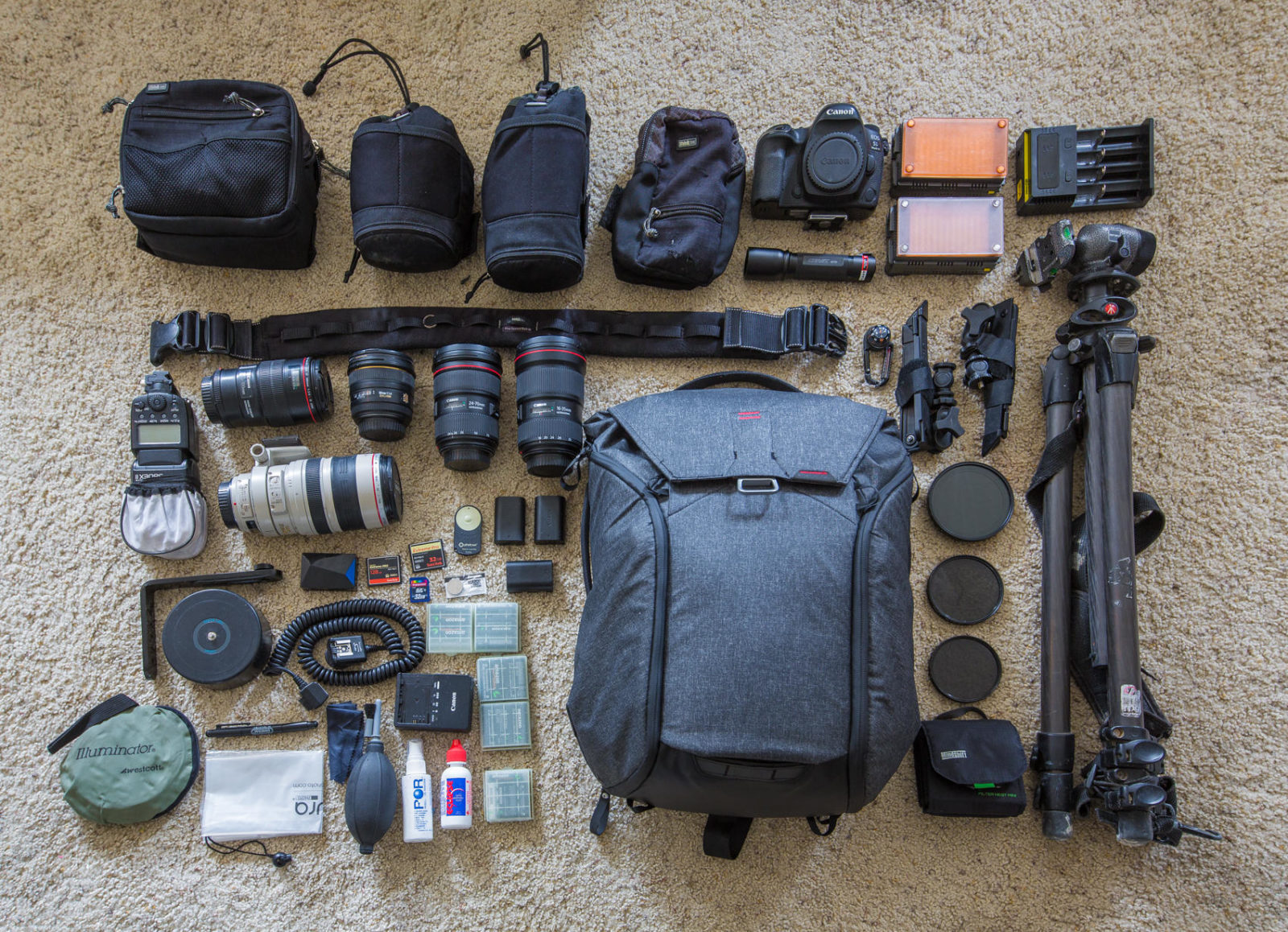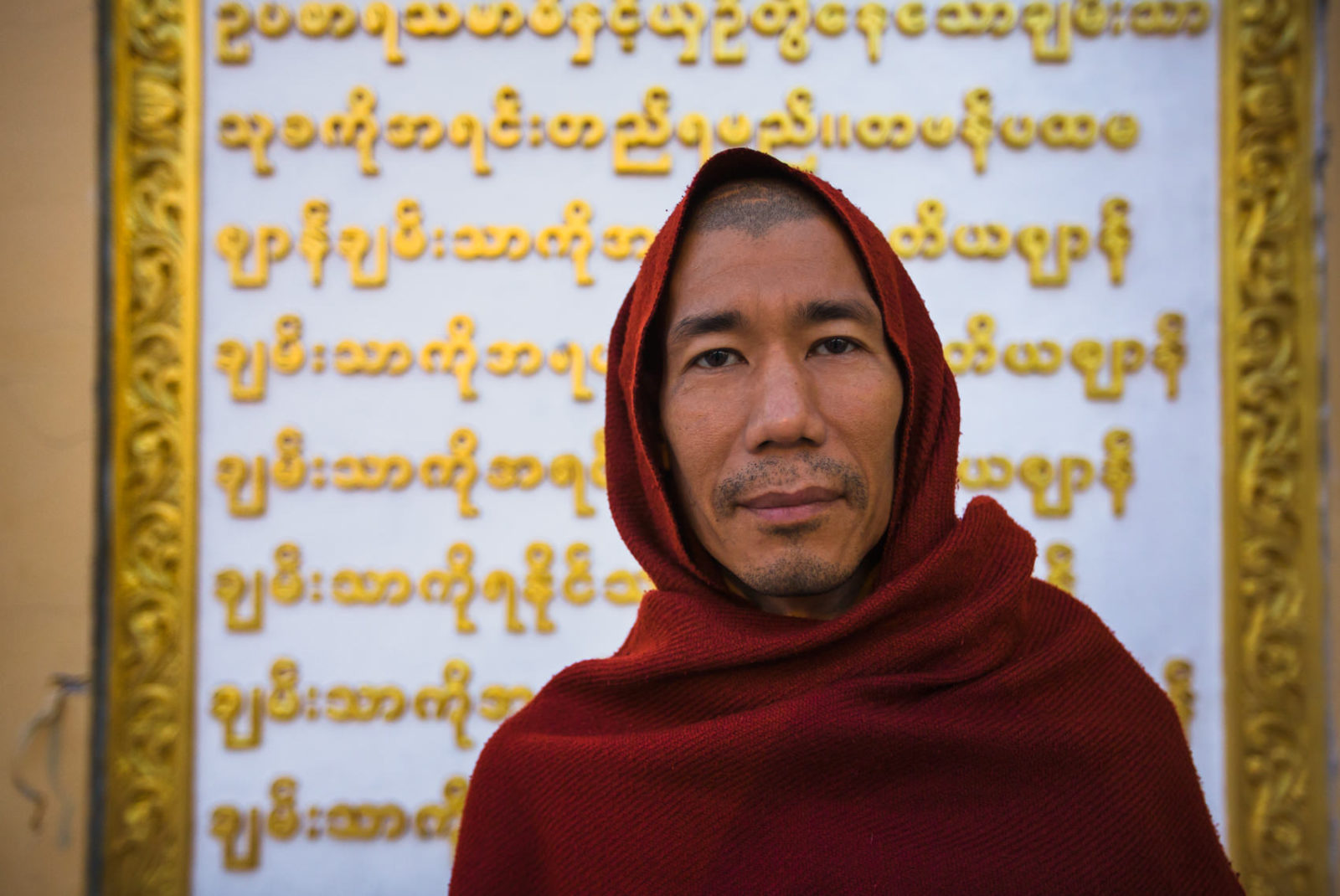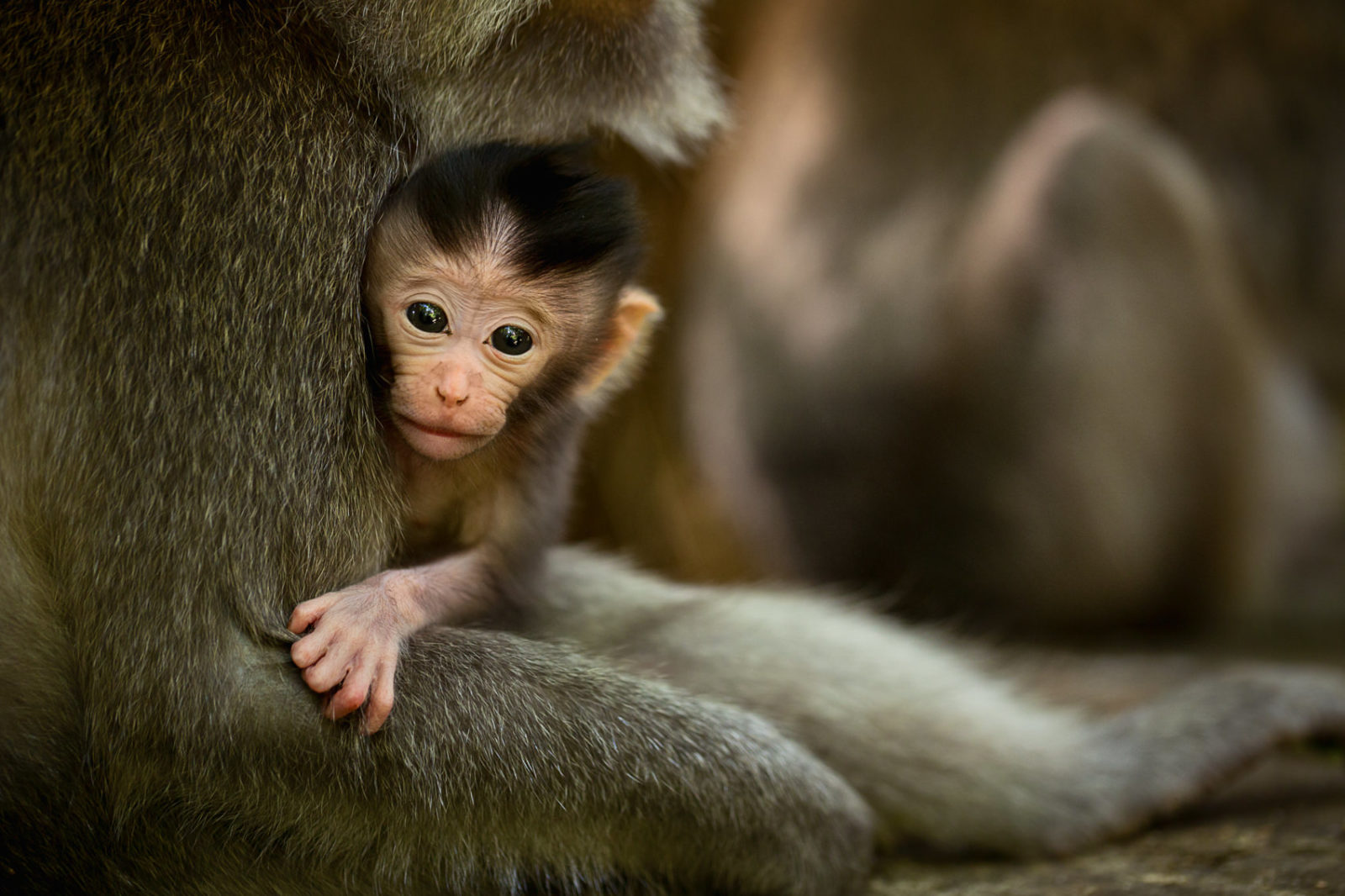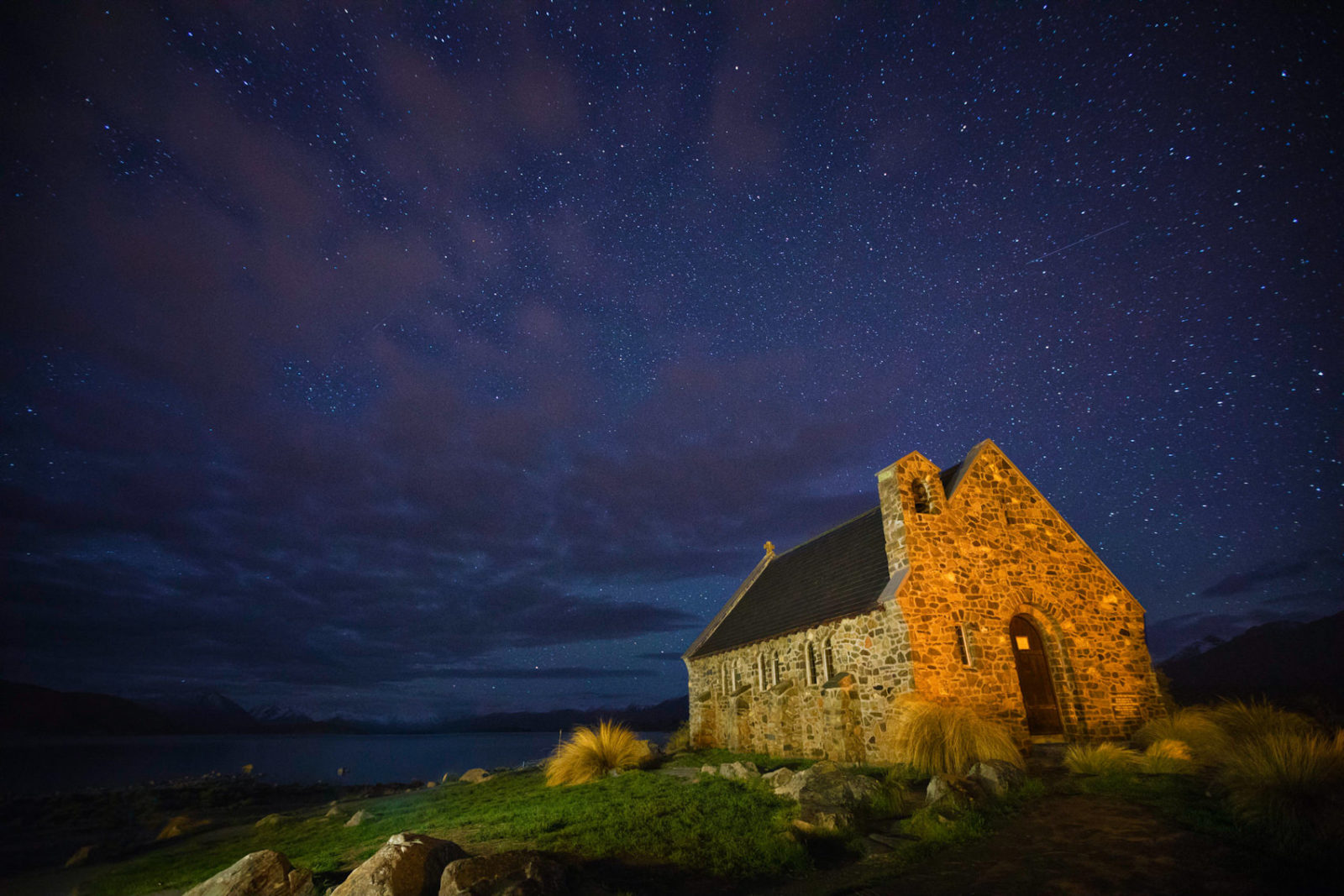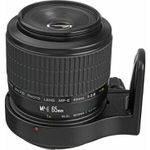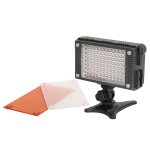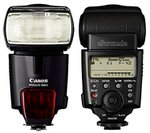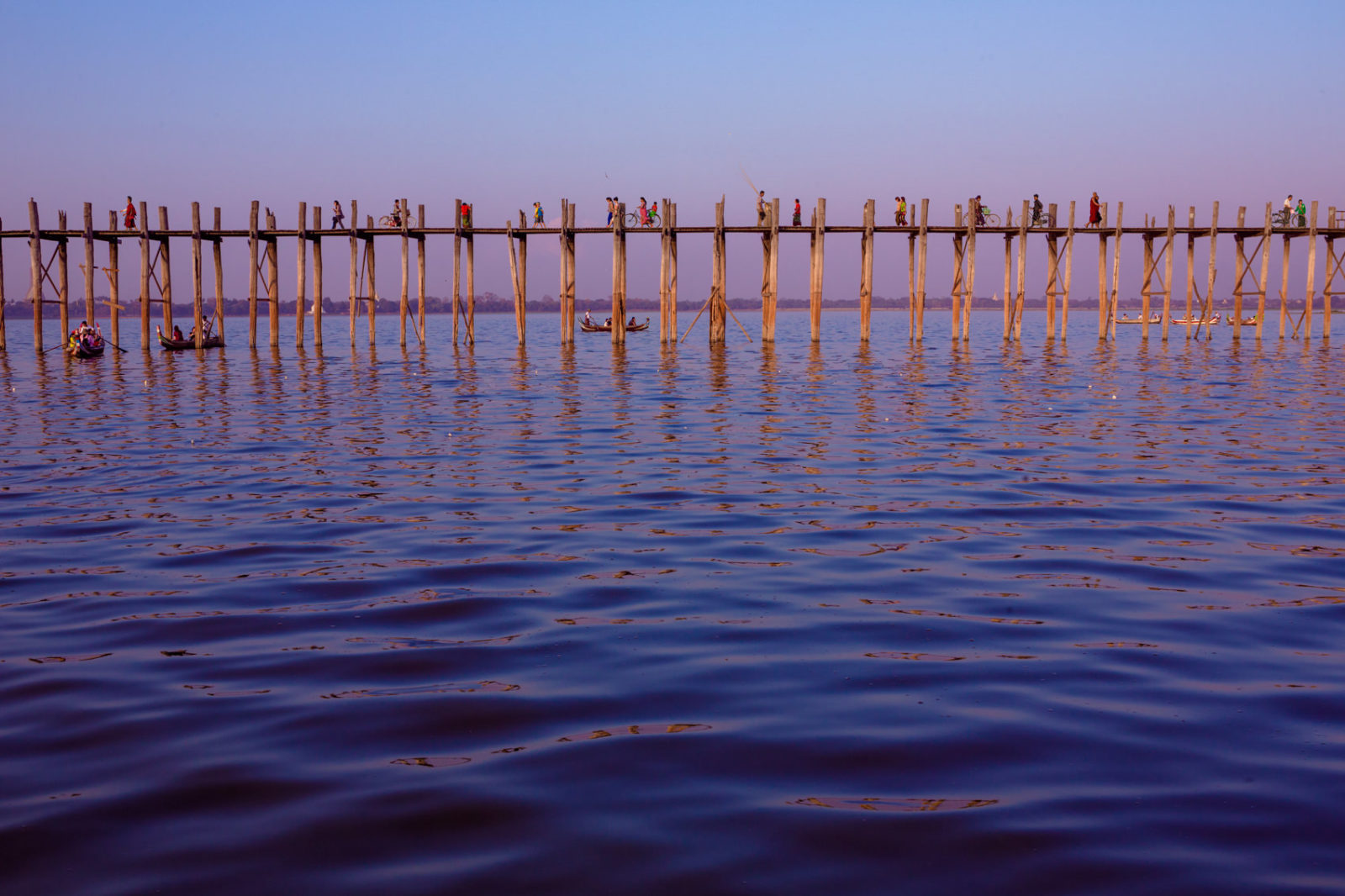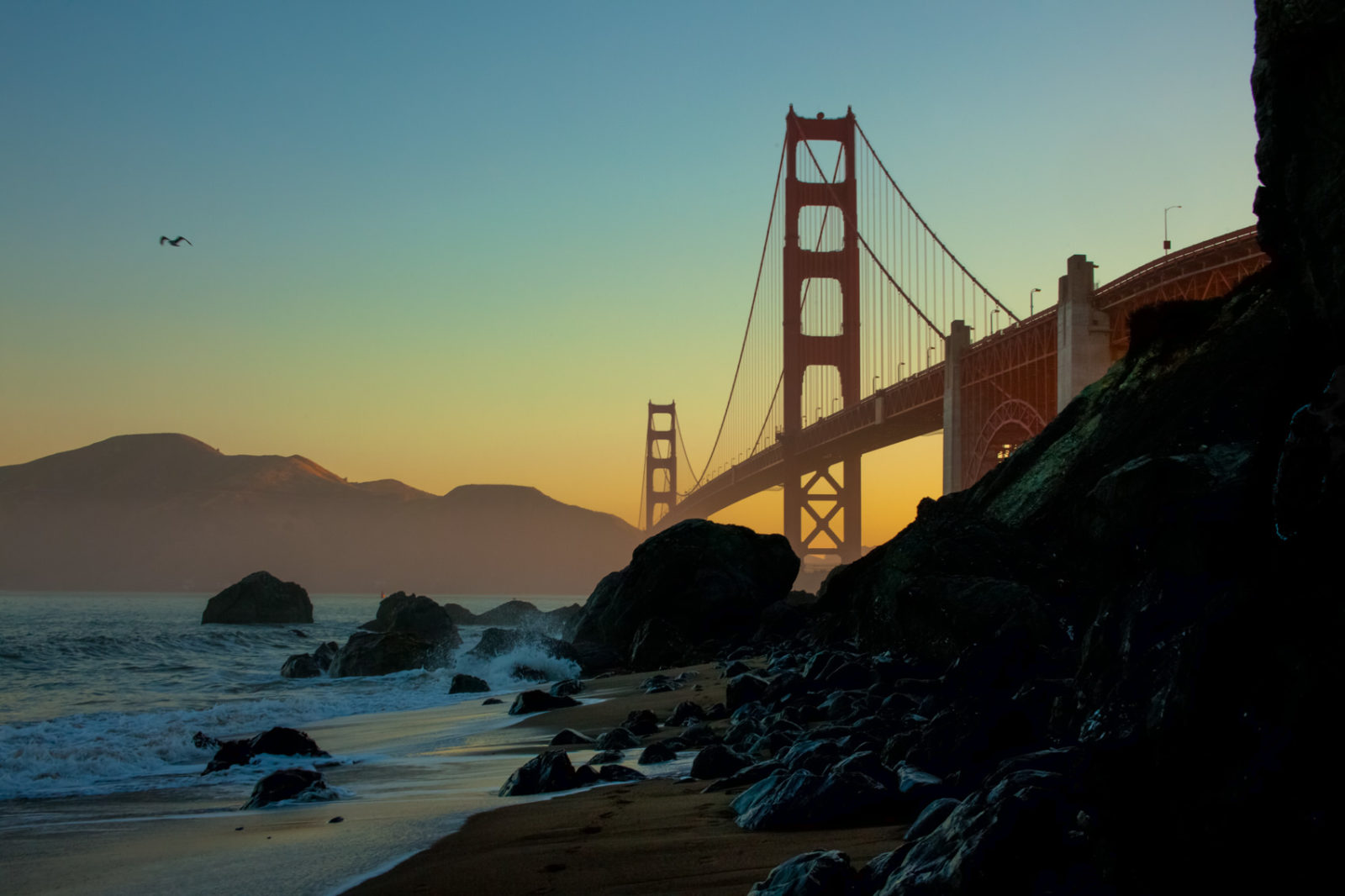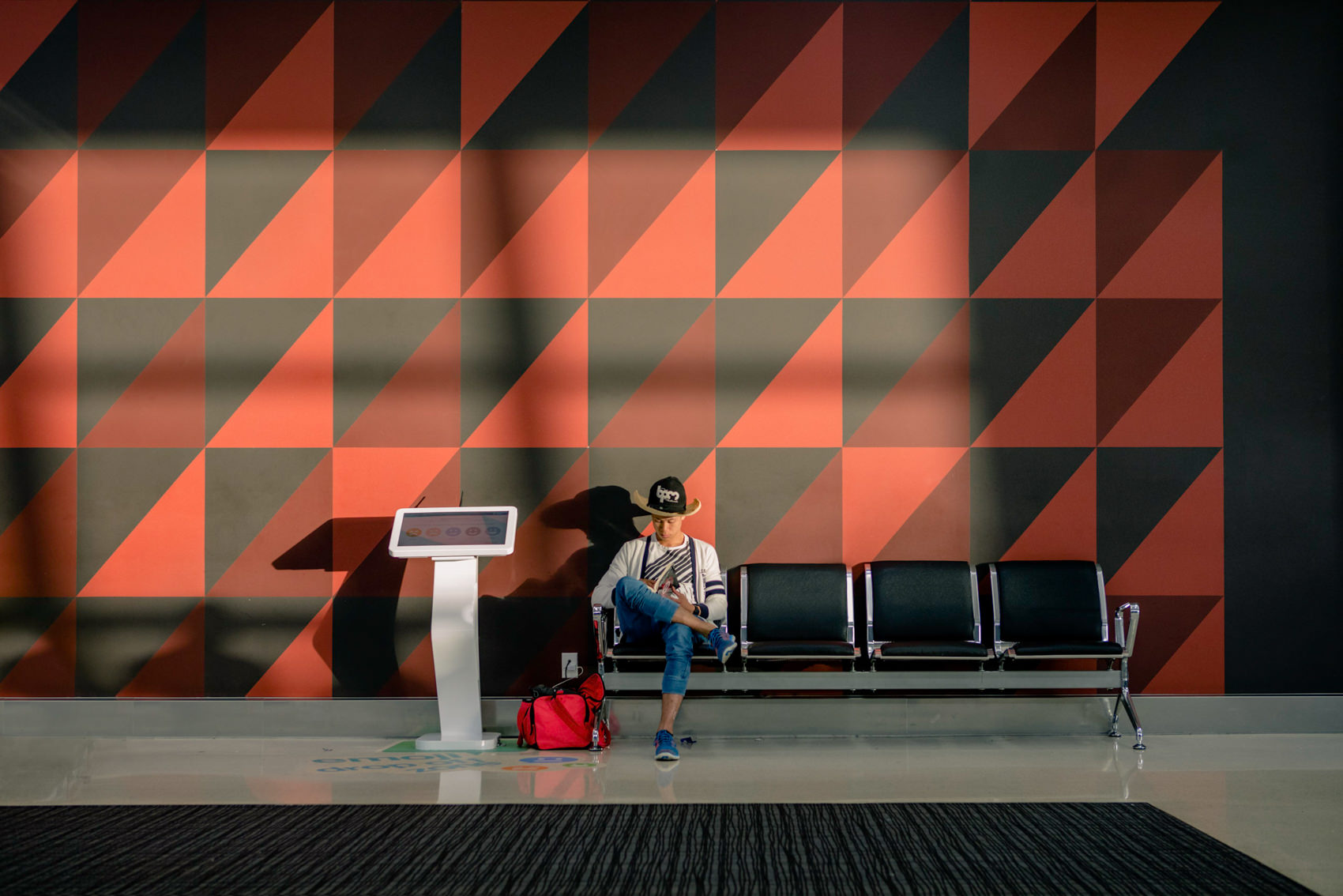
What Does Travel Photographer Evan Spiler Pack When He Hits the Road?
As a travel photographer, I have to be ready for anything. Opportunities pass quickly, and it’s hard to know which ones are worth pursuing. You’ll just as likely find me spending an hour trying to surreptitiously follow a fox over rocky crags, as sitting in a public cafe with gear and lights all over the table, trying to get the perfect angle on a New Zealand meat pie.
One of my favorite things about travel photography is that I never get bored shooting any particular type of subject, because mine are always changing. No two people are alike, and neither are cultures, mountains, meals, animals, buildings, or the undiscovered routes and alleys between them. That’s where I explore and where I find my inspiration.
This thirst for exploration has taken me to almost every US state, Costa Rica, Thailand, Vietnam, China, Myanmar, Laos, New Zealand, Australia, Turkey, Israel, Greece and Spain, and the older I get the smaller that list looks, no matter how much I add to it. I feel like I have a lot of catching up to do. At the same time, there’s always a bit of a pull to sit down at home, set up a studio and experiment again like I used to do in photography school. Creativity can flow in either situation, and definitely transfers between them, so I think it’s just as important to spend time with your gear in a small controlled setting as it is to get out to see and shoot as much as possible.
I keep so much gear in my bag that just the thought of removing it all at once is daunting. I can only shove it all into my “measly” 30-liter sack with great precision, organization, and effort, and there’s not a single piece of equipment in there that I would consider traveling without.
I am quite literally at the point where any new gadget I discover is an exercise in mental debate over what I’d need to trade out, rather than an awesome addition to my travel pack. Maybe I’m just a gearhead, gadget geek, doodad dabbler, and all you really need is a body, a lens, and a keen eye to take some stunning shots, but you’ll never convince me. I love my stuff.
CAMERAS:
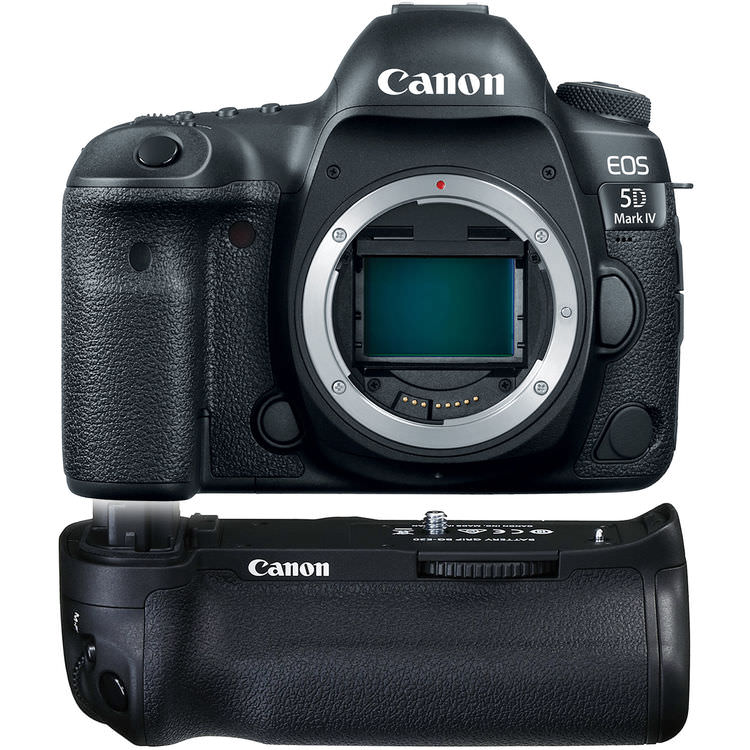
Canon 5D Mark IV
30.4 MP full-frame CMOS sensor, Up to 7.0 frames per second continuous shooting speed, 4K video recording
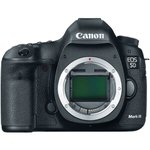
Canon 5D Mark III
DSLR camera with 22-megapixel full-frame CMOS sensor and wide range ISO setting of 100 – 25600
I shoot with a Canon 5D Mk IV. I’ve had every 5D Canon has made, and I’ve found it to be a great, versatile tool that can handle any travel situation I throw at it. I don’t get into the whole Canon/Nikon debate. Shoot with what’s comfortable for you.
The Mk IV was a worthwhile upgrade for me as a travel photographer because of its speed, geotagging, low-light and smartphone control capabilities, so I’m really glad I got it before my last trip to New Zealand. Smaller features they added which were surprisingly useful include: viewfinder display for minor options like drive, touchscreen for live-view autofocusing and reviewing, and custom menus. I used my 5D Mk III for the first time in months to take the gear shot above, and was surprised at how much I immediately missed all these little perks.
LENSES:
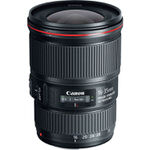
Canon EF 16-35mm
Aperture Range: f/4 to f/22, Ring-Type Ultrasonic Motor AF System, Weather-Sealed Construction
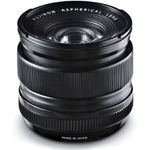
Canon EF 24-70mm f/2.8L II
Aperture Range: f/2.8 to f/22, Ultrasonic Motor AF System, Weather-Sealed Construction
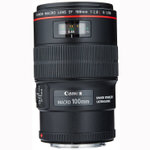
Canon EF 100mm Macro
100mm f/2.8L IS USM macro lens for Canon digital SLR camera, EF-Mount, full-frame format
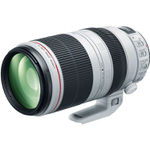
Canon EF 100-400mm f/4.5-5.6L IS II
Aperture Range: f/4.5 to f/38, Optical Image Stabilizer, Weather-Sealed Design

Sigma 50mm f/1.4 DG HSM Art Lens
Aperture Range: f/1.4 to f/16, Hyper Sonic AF Motor, Rounded Nine-Blade Diaphragm
Canon 16-35mm L, Canon 24-70mm L, Canon 100mm L Macro, Canon 100-400mm L, Sigma 50mm f/1.4. You’d think I’d want fewer and smaller lenses for a travel pack, but I find I need each one of these with regularity, and zooms really mean I just have to change them less often, which can be pretty important when shooting and moving fast in a travel environment. I always leave my Canon 65mm Super Macro (1x-5x) at home, but I seriously wish I used it more, such an awesome lens.
PS: Filters – Hoya Moose warming circular polarizers, Tiffen variable ND
LIGHTING:
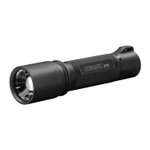
Coast HP7R 300
300 lumen max light output, 352 meter (1154 ft.) max beam distance, and 33 hour max runtime.
Two F&V Z96 pro LED Grids with two Pedco Ultrapod II, Canon 580EXII, small Westcott Illuminator gold/silver reflector, and Coast HP7R Tactical Flashlight.
Z96 LED Grids are my new favorite. Awesome for any long-exposure night shooting. Surprisingly bright, come with warm and neutral diffusers. We lit up the Delicate Arch like we were in a studio with two of these tiny things.
Coast HP7R – Just got this and haven’t had a chance to use it yet, but I can’t wait to light-paint some far off mountains with it. The beam strength and distance is just astounding.
Westcott Illuminator gold/silver reflector – Very small, but can make a huge difference in closeup portraits.
BAG:
Peak Design Everyday Backpack 30L. Oh man, if I start writing about this bag, you’ll think I work for Peak Design. I promise I don’t. Here goes…
I just plain love this bag. It’s thick, durable and very weather resistant. Adjustable total size. Opens from top (one handed!) and both sides. Smartly organized, separately zipped inner side pockets. Separate protected laptop pocket with internal extra separated pocket for papers/folders. The adjustable hard shelving system is completely unique and exceptionally effective. Heavy duty handles on three sides I use all the time, hideaway spare straps for carrying tripod or basically anything else. There’s more, but I could never list it all. Just go to a store and try one out.
MISCELLANEOUS ITEMS:
My Think Tank Speed Belt and associated pouches may be my most functional pieces of gear. While they don’t technically fit in my gear bag, they essentially become my gear bag for the day as soon as I leave the car/hostel. Not only do they take the weight off my back and allow me to hike all day and night across mountains and cities alike with only the gear necessary for that day, but more importantly they give me lightning quick access to my lenses at all times.
When traveling somewhere new, it seems like everything is alluringly beautiful. I want to shoot each branch, waterfall, person, building and piece of street food I encounter. That can add up to thousands of shots and hundreds of lens changes per day. If I had to stop, take off my bag, lay it on the ground, and unzip it each time, my day would be twice as long. More likely I’d just convince myself a couple hundreds times a day that the extra effort wouldn’t be worth it, skip the shot and move on. Instead, all my lenses are at my waist, and I can change them out in a matter of seconds.
